Why These Designers Think You Need to Reimagine Your Home's Rooms Now
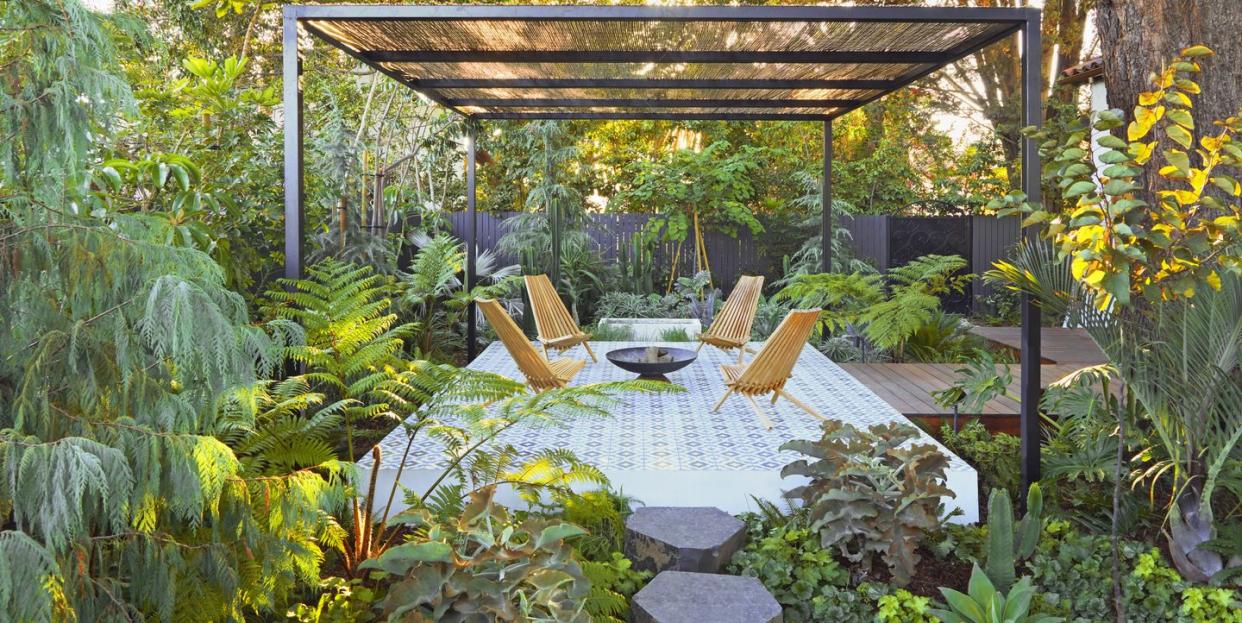
Jo Saltz: A long time ago on a roundtable, a designer was talking about forcing her client to be honest about how they were using their home. And in this particular case, she was talking about how they weren't using the formal dining room, so they turned it into a home office. And that was two years ago. I think that COVID has really forced us to not only use every corner of our space—and beyond, outside!—but also make us be a little bit, maybe uncomfortably honest with the sort of preconceived notions of what our home should be. How have you seen the use of people's homes, whether indoors or out, change over the last year? How are people rethinking what their spaces mean to them?
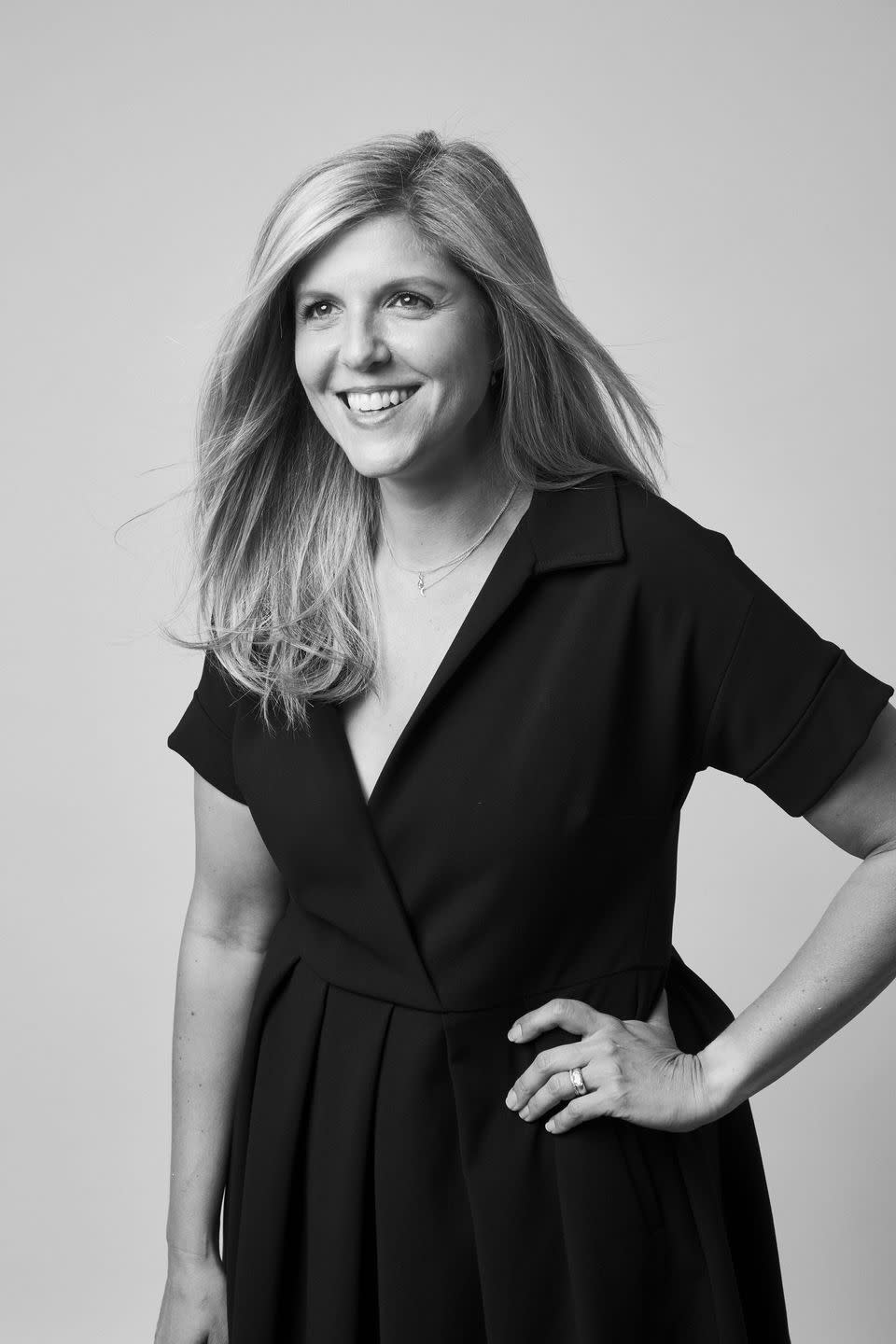
Rachel Cannon, RCL Interiors: One of the things I heard a lot from clients last year was that their homes are not really designed for them to be in them; they're designed for us to be somewhere else most of the time, and land there for a little while, and then go do something else later. When you move everything that you do out of your home into your home, really nobody's house has enough space or storage.
Another thing that I started talking about a few years ago was this whole idea of a quiet room, because with everyone in one space doing homework, activities, and work, the stress levels were high. Now people are coming to us and and literally saying things like, "the only place I have to escape is to the tub, and I'm a prune, and I just can't do that anymore!" So we give them these designated spaces. With COVID, a lot of people saw that this culture of everybody sitting on one sectional in their living room with the kitchen right behind them and this open floor plan concept, it's just not super functional for a lot of people.
Jo: Yes! Anishka and I were on a panel together and we were talking about how everybody took all their walls out over the last five years, and there is no place to hide anymore. And Anishka, I know you love open spaces, but hiding is such a thing and you do need intimacy in interiors.
For those of you who do primarily outdoor spaces, are you seeing people rethinking their outdoors as well?
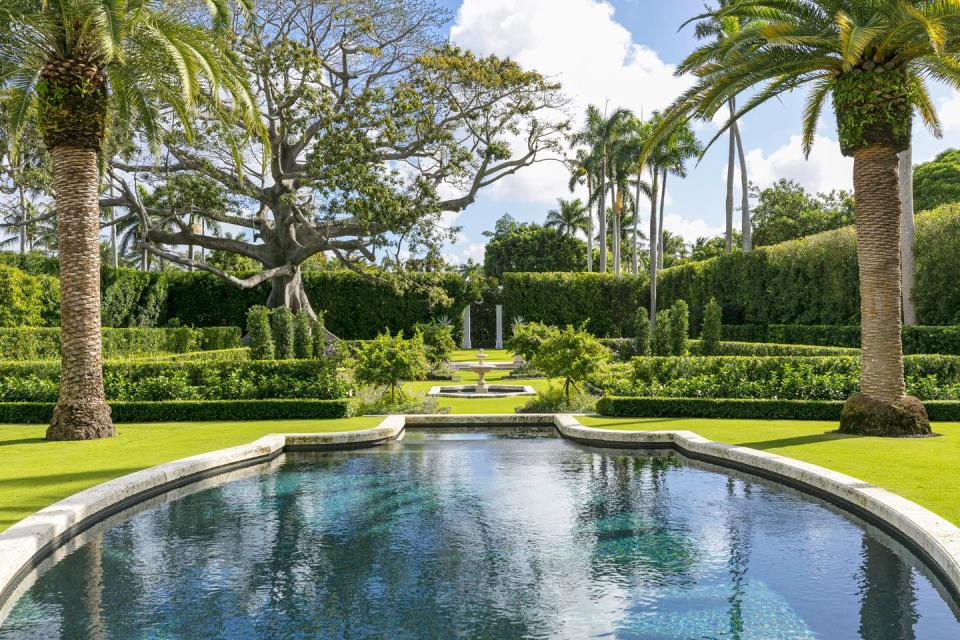
Fernando Wong, Fernando Wong Outdoor Living Design: We work in mainly residential but also hospitality, and we always try to break the spaces up into several rooms. What Rachel was talking about, creating those spaces, that works not just inside but outside, too. We create different venues within the backyard for different activities, and spaces for gathering.
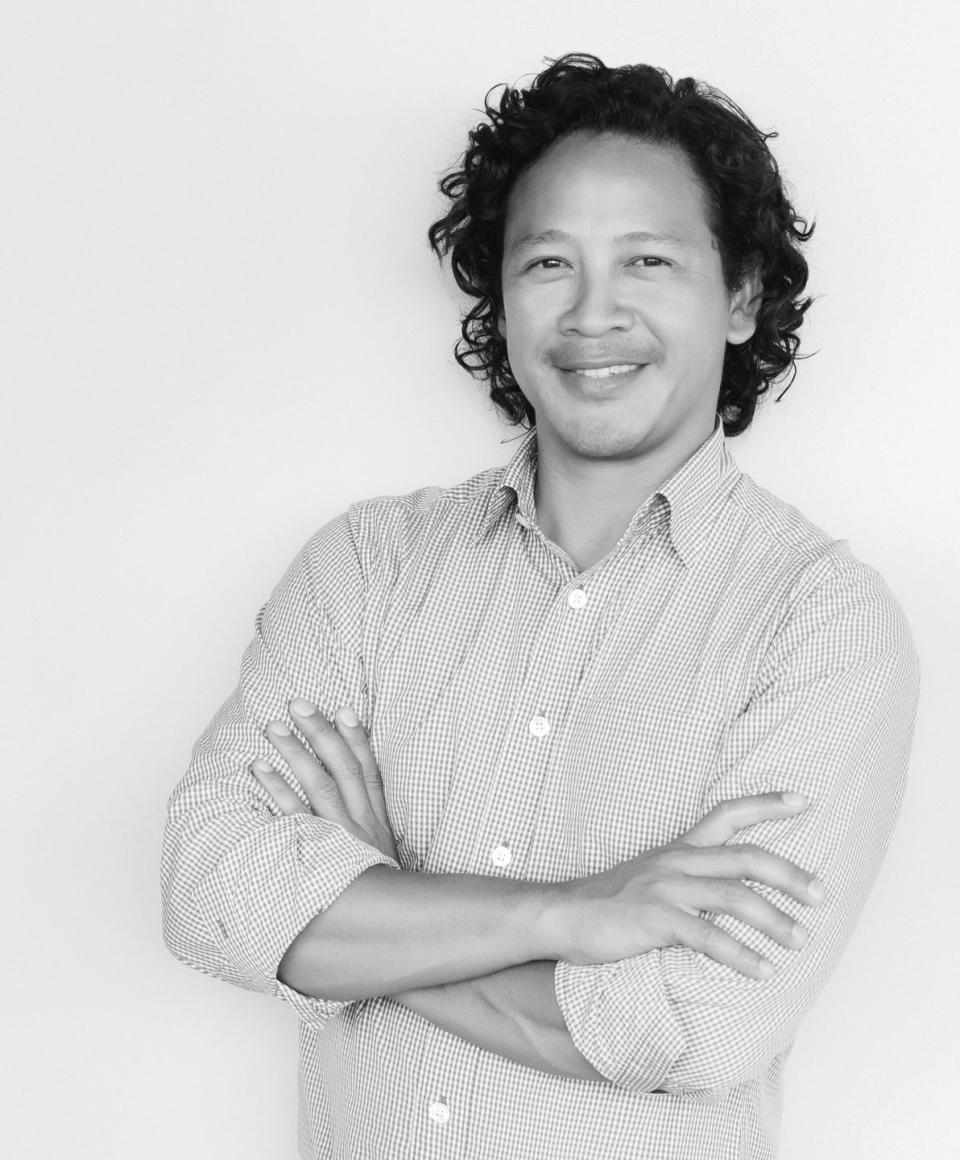
David Godshall, Terremoto: We've also found that we're busy and part of the reason is that a lot of people started up the landscape projects that they had kind of postponed or put off for whatever reason. A lot of people began to want to invest in their outdoor spaces, which is great. What's interesting is that more than being just gardens, per se, landscapes also needed to accommodate socialization, because if people were socializing at all in the past year, they were doing it outside. So whereas, perhaps historically we would have proposed something more pure garden, now it's thinking about gardens as well as outdoor living rooms and those sorts of things.
Anishka Clarke, Ishka Designs: I think the flexibility of spaces is what's driving a lot of the design thinking right now. It's really conceiving how a space can be used in multiple ways, whether it's indoors or outdoors. You know, even the outdoor spaces need to have the outdoor kitchen, living room, dining area, bar, swimming pool—in both big houses and small houses.
Jo: It feels like in the last year, the spaces that are one function are the ones we use the least. So when we talk about reimagining our spaces, we can also talk about materials—how have some of you had to reimagine how you use something in your projects?
Anishka: We're often thinking about this because there's always something that we can repurpose or re-envision in a client's existing collection of stuff. We're not necessarily thinking of throwing it away first, it's more about how can we re engage this item or element. And with the materials we use in spaces, we always think, what is the potential lifecycle of this material? If that material is going to last 50 years and break down, can we somehow reutilize that again in some other way? That's the way we are forcing ourselves to think on a more regular basis and share with our clients and try to get them on board.

David: I'd like to add onto that, and I'm sure you can relate to this too, Fernando, in that gardens have many lives. And oftentimes, when we're doing a project that's not necessarily ground up, very much what we're doing, kind of similar to what you were getting at Anishka, is that we're restoring things and kind of bringing a thing that was its former self into a future version of itself.
And with that in mind we actually really love and get a lot of creative and intellectual inspiration out of garden restorations. Plants die, materials age, especially outdoors, and so oftentimes we're confronted with a garden that is very much the skeleton of its former self. We get a lot of joy and love out of acknowledging what was, working in the previous version, and respecting that and then identifying the things that weren't working, and improving it so the new garden kind of becomes this very layered thing, which is really a lovely exercise.
Anishka: What I like about garden and landscape design is that you kind of plan for the space to age, so you want the materials to change over time and create great patina, or the tree to be 10 times larger than it is now or whatever. And I find that that's just really beautiful and inspiring.
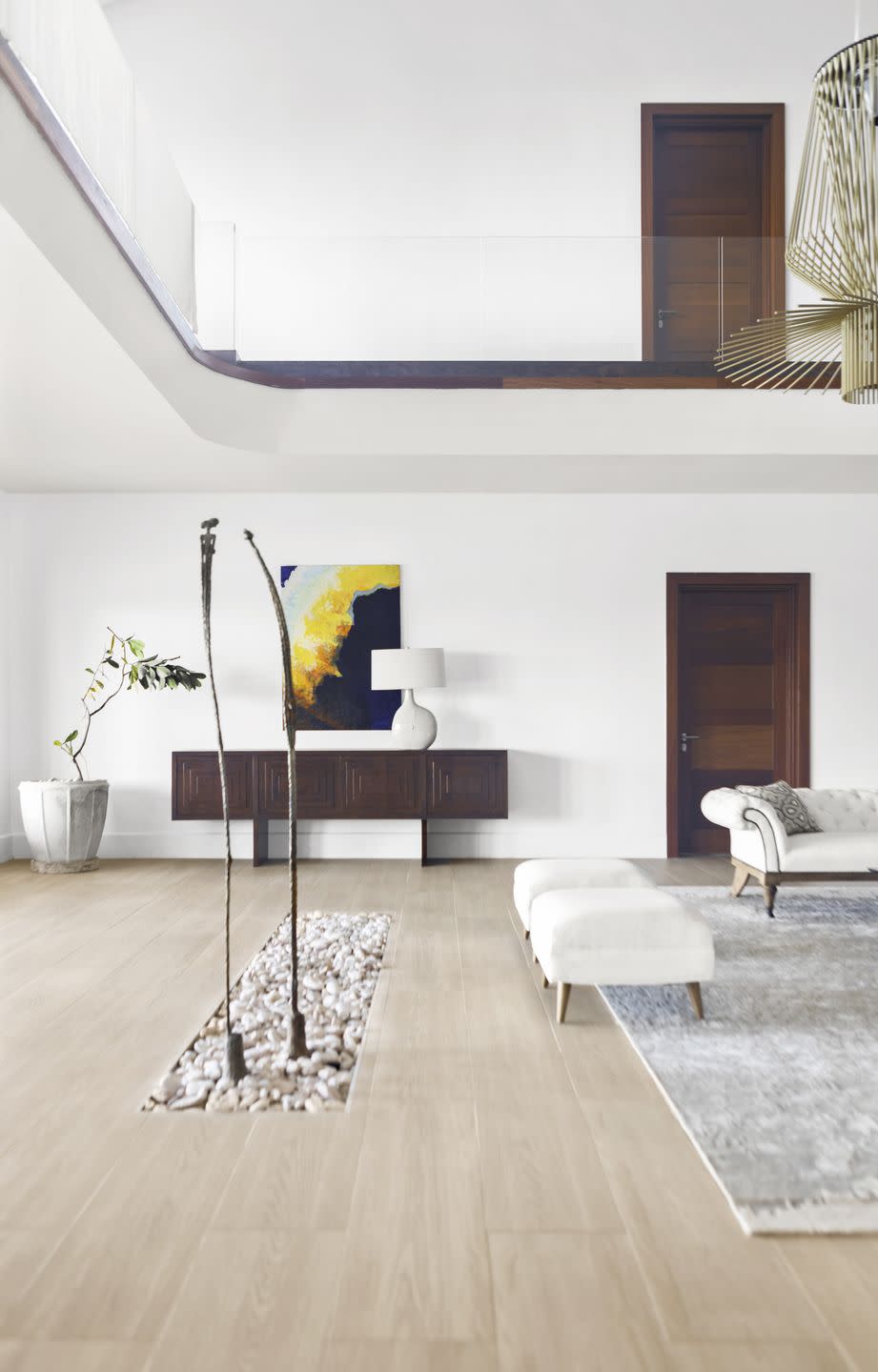
Jo: I love that idea of a space reimagining itself and changing as the years go on. It's so dramatic and I never really thought about outdoor spaces that way.
Fernando: For us, it's super exciting when we get to deal with a landmark home, in Palm Beach, for example, things like the cladding and the paving material, and the broken-down stones, they are very sought after. I think that you actually pay extra for reclaimed materials today. So it's super important for us to either try to repurpose those. And when it comes to things that are heirlooms from the family, they find their way outdoors and we use that as a source of inspiration. We've reclaimed ceramic styles that are Moorish in the Addison Mizner style, for example. There's so much you can do.
Rachel: It's terrible, but in the South, people are not interested in the idea of reusing. They want all new!
Fernando: Rachel, you need to open a store with "new" heirlooms you can sell!
Jo: Well, to be honest, the whole idea of the private room is really you're making people rethink and reuse what they have in their homes. I love that we've turned this into a concept of reusing what you have, because I think that we do live in such a disposable world where, you know, when something's no good anymore, we just chuck it and start new. So I have to ask, if there's one thing you wish people would rethink in their homes or in their outdoor spaces, what would it be?
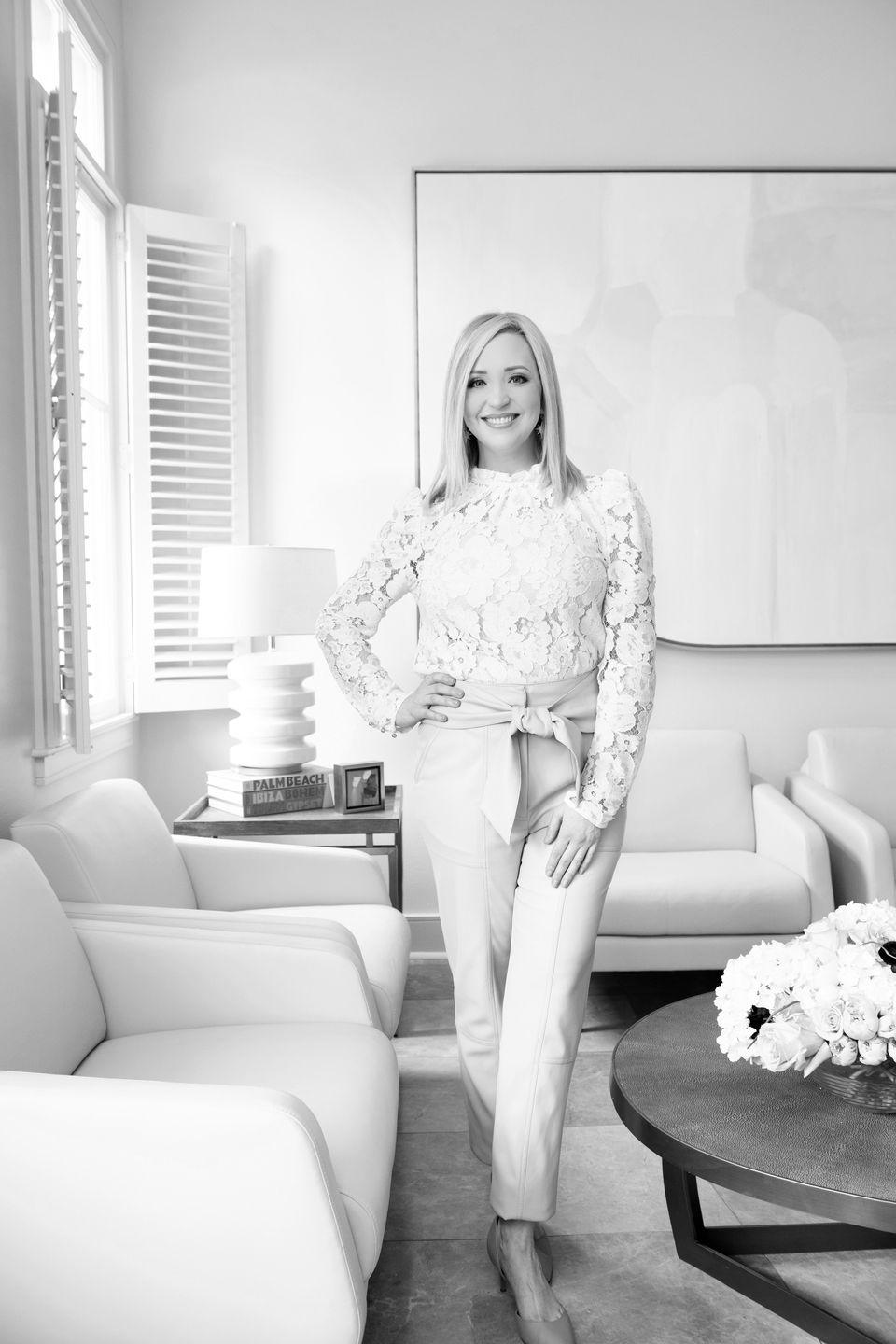
Rachel: Anishka, I don't know about the open floor plans where you are but here it is like, "Screw looking at this floor plan, let's just knock down that wall, let's knock down that wall, let's knock down that wall!" We go into these houses where a contractor has gotten there first, and you open the front door and it is just, it's a warehouse. And that creates a whole new set of problems: You don't have any walls to put any interesting artwork on and we're going to now, kind of what you were saying earlier, Fernando, we're going to now have to go in and create spaces within this huge space that you created, because now there's no delineation between the kitchen and the living room and the dining room. So what I really wish is that we can sort of get away from this idea that just opening up a floor plan is the only way to make it fresh and new. I'm not anti opening up a floor plan but I feel like people are sort of just skipping over this idea that it needs to be thoughtfully considered.
Another thing that I will add is, I feel like there's also this tendency to sort of design for the Instagram picture, and I'm really really over that. I don't care if your house gets 50 likes or 10,000 likes—if you love it, I feel like that's the most important thing. There's kind of this homogenization of style—this all white room with some sort of 70s boho thrown in!—it's just so much of the same over and over again.
David: I agree that the Instagram thing is wildly problematic. Gardens and homes shouldn't be designed with an image in mind, they should be three dimensional spaces—gardens or living spaces—where things grow and die and it's about the way you move through them. Instagram is a powerful tool in many ways but it's become a red flag when I hear it.
As far as what I wish people understood, my biases are towards California, because I know the rain patterns are wildly different elsewhere—as in, you all have rain, so enjoy it! Not to be a naysayer but limiting the amount of grass that a person needs. I'm not against it—it offers a surface and it's pleasurable to sit on and all these things, but are we were kind of rule-oriented with grass; you can have it when it's appropriately scaled and used. That's kind of what we insist upon simply because in a world of increasing resource scarcity, we just need to be very thoughtful about where we apply our resources.
Jo: Tell me what alternatives you suggest when someone wants grass?
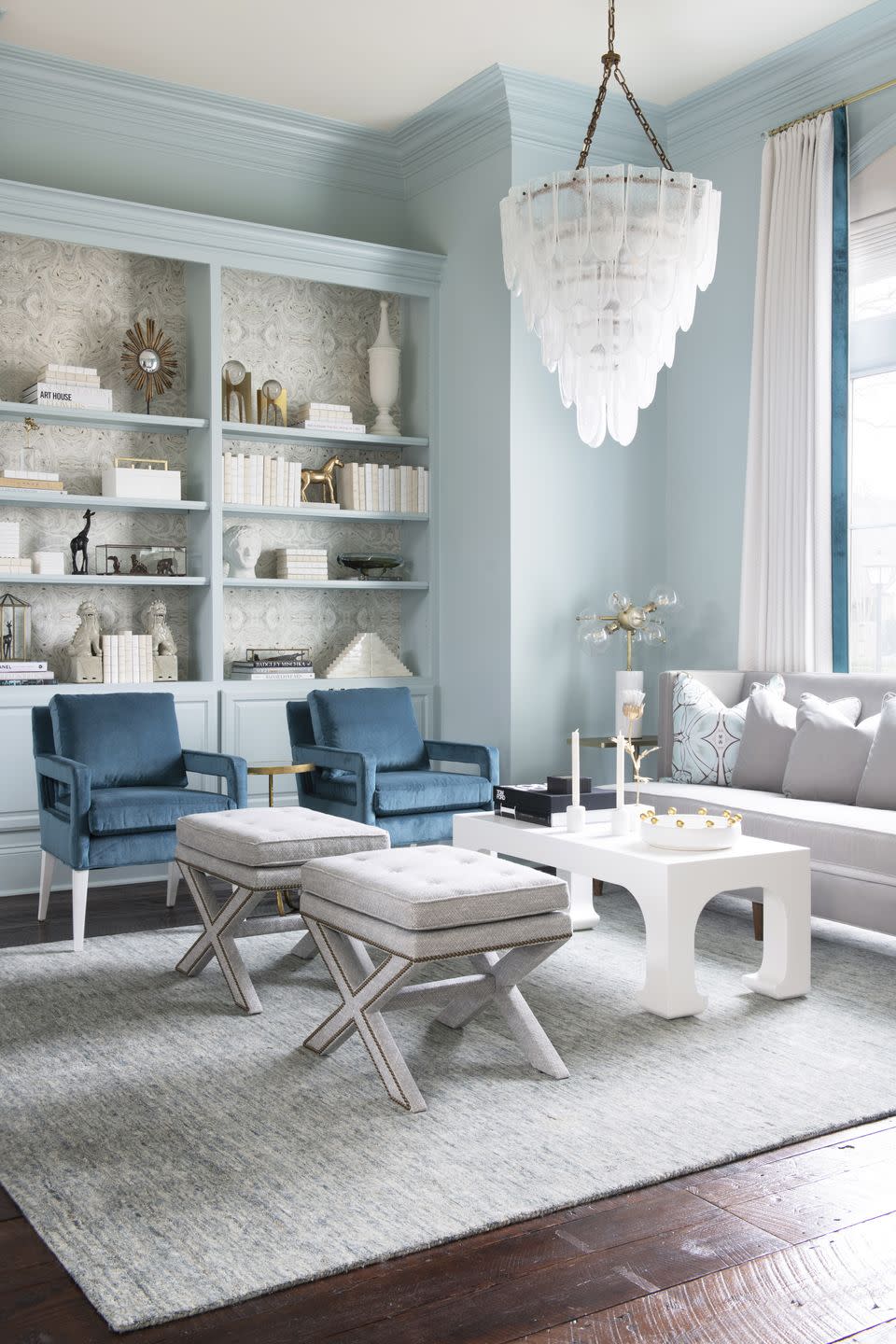
David: It depends on the location of course, but I love elegantly installed gravel. Sometimes people have this knee jerk reaction to gravel, that it's unpleasant to walk in our moves too much, but we've kind of honed in on a really nice style and if you install gravel correctly, it really doesn't move. It's also permeable so the water goes back into the ground and all these little ecological things are important, and add up to a bigger thing. So gravel when we can, and then sometimes hardscape, I love brick I love stone. It all depends on the situation.
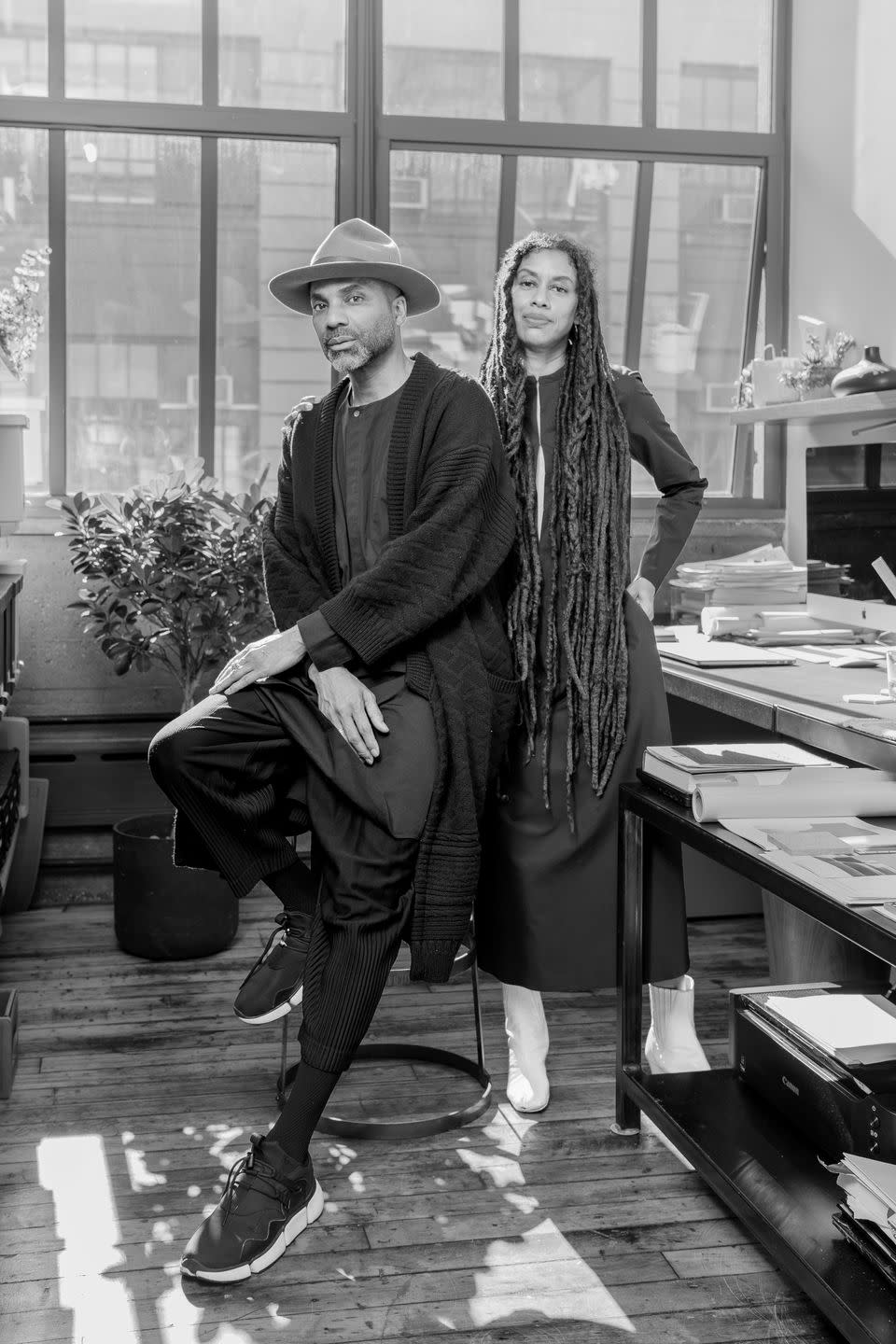
Fernando: I think it has to do with maintenance and finding highly-skilled gardeners who can do it well. In Florida we try to use other native ground cover that reduces the use of grass but also brings in pollinators. So the ideas are out there, but sometimes the market isn't so you have to work with the owners—it takes a little bit of coordination.
Anishka: It's the same for us when it comes to antiques or whatever; it's a mindset that you have to change, and we are doing a lot of the education for the clients. It's a steep hill but sometimes you break through, I think, especially if you can kind of convince them that there is some investment value in it as well.
As far as what I wish people would reconsider: Just in general, stuff! There's just so much stuff in the world and there's so much stuff in people's homes. So for me it's about going back to that mindset of controlling the stuff we bring in.
Follow House Beautiful on Instagram.
You Might Also Like

